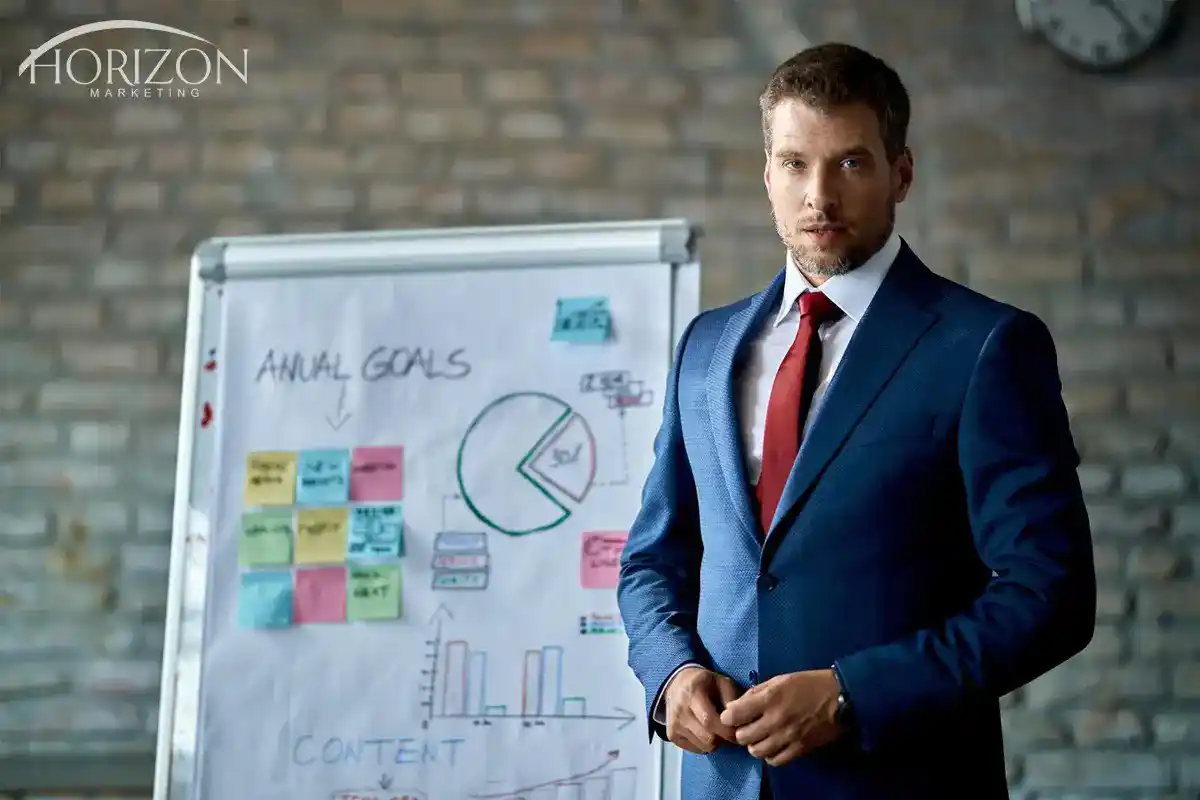As a leader, you are the chief allocator of your company’s most finite resources: time, attention, and cognitive bandwidth. The myth of the overworked CEO who thrives on 80-hour weeks is not just outdated; it’s strategically dangerous.

True executive productivity isn’t about doing more. It’s about doing less, with greater focus and impact. The world’s most renowned leaders haven’t just built empires; they’ve mastered the principles of ruthless prioritization and effective execution. Their “productivity hacks” are, in reality, sophisticated frameworks for strategic resource allocation.
Let’s reframe these seven famous techniques from personal tips into operating principles for your entire organization.
The Strategy of “No”: Warren Buffett’s 25/5 Rule
Every CEO has a list of exciting opportunities. The 25/5 Rule isn’t a to-do list; it’s a strategic filter.
- The CEO Application: List your company’s top 25 strategic initiatives. Now, circle the five that are truly non-negotiable for winning in your chosen market. The other 20 are not your “B-list”; they are your “Avoid-At-All-Cost” list. They are the distractions that will dilute your focus, scatter your resources, and ensure your five key initiatives fail. Your primary role is to protect the organization from them.
The Architecture of Focus: Gates, Bezos, and Branson on Execution
The biggest drain on any company’s velocity is inefficient collaboration. These three rules are about designing your operating system for clarity and speed.
- Bill Gates’ 4 Buckets: This is about thematic leadership. As CEO, your focus cannot be fragmented across 20 projects. Structure your time and your leadership team’s agenda around 4-5 core pillars (e.g., Product Innovation, GTM Execution, Talent, Capital Strategy). This ensures that strategic priorities get dedicated, uninterrupted attention.
- Jeff Bezos’ Two-Pizza Rule: This is a principle for agile decision-making. If a team is too large to feed with two pizzas, it’s too large to be effective. Apply this to project teams and committees. Smaller teams move faster, communicate better, and have clearer accountability. This isn’t about pizza; it’s about reducing the coordination tax that strangles innovation.
- Richard Branson’s 10-Minute Meeting: This is a weapon against corporate bloat. If a meeting on a single topic needs more than 10 minutes, it likely lacks a clear agenda or a prepared decision-maker. Mandate that single-topic discussions be ruthlessly time-boxed. This forces pre-work, clarity, and respect for everyone’s time, freeing up thousands of hours for actual execution.
The Philosophy of Leverage: Jobs and Lee on Mastery
Finally, productivity is meaningless if it’s applied to the wrong things. These principles ensure your effort creates disproportionate value.
- Steve Jobs’ “Keep It Simple” Rule: This is the ultimate force multiplier. Complexity is a silent tax on your organization. Ask yourself and your team: “How can we simplify this product feature? This sales process? This internal report?” Simplification isn’t about removing value; it’s about removing friction, which accelerates everything and reduces errors.
- Bruce Lee’s 10,000 Attempts Rule: This reframes failure as R&D. In a high-growth company, not every initiative will be a winner. This rule is about creating a culture where mastery and breakthrough are understood as a function of iteration. The key is to make those “attempts” small, fast, and cheap, learning from each one to inform the next. It’s about pacing and resilience, not just blind effort.
The Bottom Line: Productivity as a Competitive Moat
When you implement these principles from the top, you do more than just manage your calendar. You build a culture that is strategically focused, operationally agile, and relentlessly efficient.
This isn’t about busywork. It’s about building an organization that can out-maneuver competitors not by working harder, but by working smarter—by saying “no” to the trivial many and “yes, with full force” to the critical few.
In the end, the most productive thing a CEO can do is to ensure that every minute of the company’s collective effort is invested, not just spent. About the Author: Morgan Rön is a Fractional CMO & GTM Strategist who partners with CEOs to build scalable, efficient growth engines. He believes that a clear, focused strategy is worthless without an operating system designed for flawless execution, and he helps leaders implement the frameworks that turn strategic vision into market reality.

